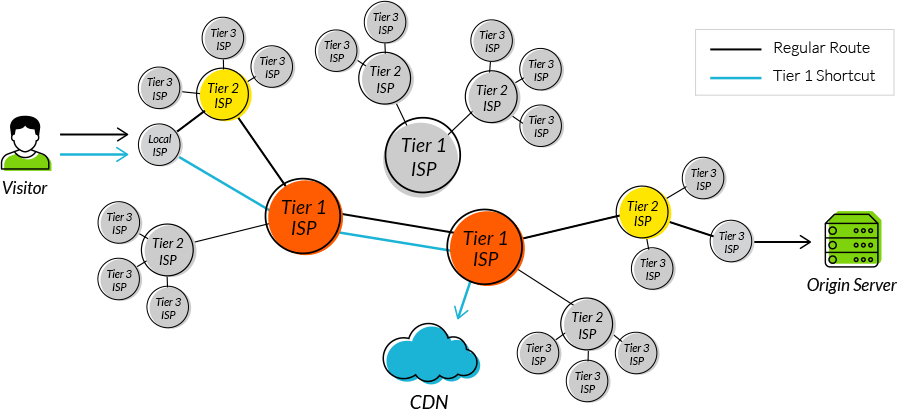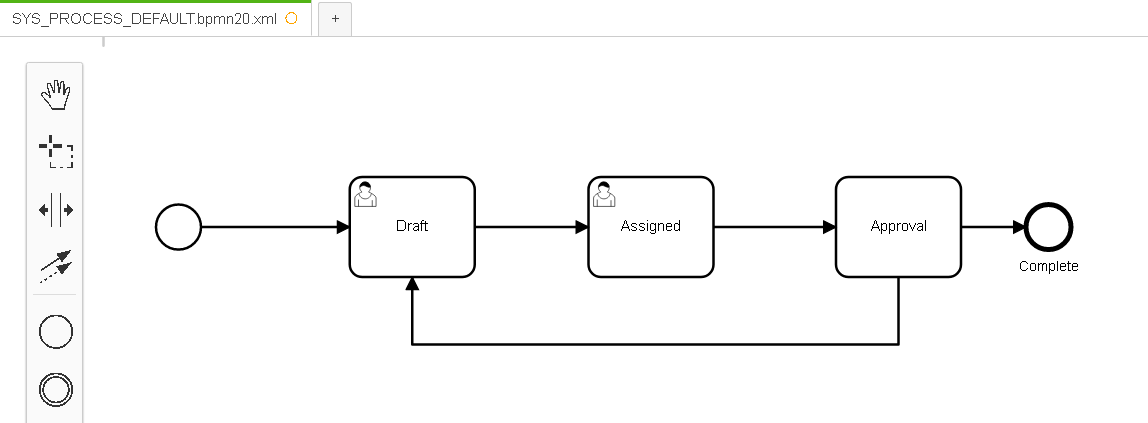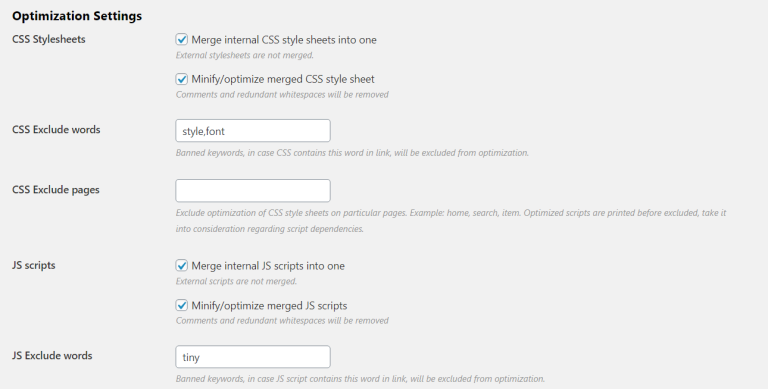
In today’s fast-paced digital world, user expectations for website performance have never been higher. A slow-loading site can lead to lost opportunities, frustrated users, and lower search engine rankings. Enter the Content Delivery Network (CDN) — a powerful tool that helps websites deliver content faster, more securely, and at scale. As the internet continues to evolve, understanding how CDN utilization works is essential for anyone looking to optimize their online presence.
This article will explore what CDN utilization means, why it matters, and how you can implement it effectively. Whether you’re a small business owner, a web developer, or an SEO professional, this guide will provide actionable insights into leveraging global servers to reduce latency and enhance performance.
What Is CDN Utilization and Why It Matters
A Content Delivery Network (CDN) is a network of distributed servers located in different geographic regions. These servers work together to deliver content to users from the closest possible location, significantly reducing the time it takes for data to travel across the globe. This process is known as CDN utilization — the strategic use of these servers to improve website speed, reliability, and scalability.
Without a CDN, when a user requests content from your website, the request must travel all the way to your origin server. If that server is far away, the delay can be noticeable, especially for users on mobile devices or in regions with slower internet connections. A CDN solves this by caching your content on edge servers closer to the user, allowing them to access it more quickly.
CDN utilization isn’t just about speed — it also plays a critical role in security, scalability, and cost efficiency. By offloading traffic from your origin server, CDNs help reduce bandwidth costs and protect against threats like DDoS attacks. In 2025, with the rise of video content, large media files, and global audiences, CDN utilization has become even more important for maintaining a competitive edge.
How CDN Utilization Impacts SEO Performance
Search engines like Google prioritize page speed as a ranking factor. A faster website not only improves user experience but also increases the likelihood of appearing higher in search results. According to Google, page load time is one of the most important factors in determining whether a site ranks well.
By using a CDN, you can:
- Reduce latency: Users get content faster, leading to better engagement metrics like dwell time and lower bounce rates.
- Improve Core Web Vitals: Metrics like Largest Contentful Paint (LCP), First Input Delay (FID), and Cumulative Layout Shift (CLS) are all positively impacted by faster load times.
- Enhance crawlability: Search engines can index your content more efficiently if your site loads quickly, increasing the chances of being discovered and ranked.
Moreover, SEO best practices now emphasize the importance of mobile optimization and global accessibility. With CDN utilization, you can ensure that users around the world — regardless of their location — have a consistent and fast browsing experience.
Step-by-Step Implementation Framework
Implementing CDN utilization doesn’t have to be complicated. Follow this step-by-step framework to get started:
- Define or Audit the Current Situation
- Start by analyzing your current website performance using tools like Google PageSpeed Insights, Lighthouse, or Pingdom.
-
Identify bottlenecks such as large image files, unoptimized code, or slow server response times.
-
Apply Tools, Methods, or Tactics
- Choose a CDN provider that fits your needs. Popular options include Cloudflare, Akamai, AWS CloudFront, and KeyCDN.
- Set up a CDN by creating a pull zone or pushing your content to the CDN’s edge servers.
-
Configure caching rules to determine which assets (images, CSS, JavaScript, etc.) should be cached and for how long.
-
Measure, Analyze, and Optimize
- Use analytics tools to monitor performance improvements after implementing the CDN.
- Track key metrics such as load time, bounce rate, and conversion rate.
- Continuously optimize by adjusting cache settings, enabling advanced features like Origin Shield, and ensuring secure connections (e.g., SSL/TLS).
For example, if you’re running a WordPress site, you can use plugins like CDN Enabler or W3 Total Cache to integrate your CDN seamlessly. These tools automatically serve static assets from the CDN, improving performance without requiring extensive technical knowledge.
Real or Hypothetical Case Study
Let’s look at a hypothetical case study involving a global e-commerce brand called GlobalShop. Before implementing a CDN, GlobalShop experienced high bounce rates and slow load times, especially in regions like Southeast Asia and Latin America. Their origin server was located in the United States, causing significant latency for international users.
After deploying a CDN, GlobalShop saw:
- A 50% reduction in average load time.
- A 30% increase in user engagement.
- A 20% boost in sales due to improved customer satisfaction.
The CDN helped distribute traffic more evenly, reduced the strain on their origin server, and provided a more reliable experience for users worldwide. This case study illustrates how effective CDN utilization can be in driving real-world business outcomes.
Tools and Techniques for CDN Utilization
To make the most of CDN utilization, consider using the following tools and techniques:
- Cloudflare – Offers free and paid plans with robust performance, security, and analytics features.
- AWS CloudFront – Ideal for businesses already using Amazon Web Services, with strong integration and scalability.
- KeyCDN – Known for its ease of use, fast performance, and detailed analytics.
- Google Cloud CDN – Great for sites hosted on Google Cloud Platform, with automatic integration and low latency.
- Akamai – A leader in enterprise CDN solutions, offering advanced security and performance optimization.
- CDN Enabler (WordPress Plugin) – Simplifies CDN integration for WordPress users.
Each of these tools offers unique benefits depending on your specific needs, whether you’re a small business or a large enterprise.
Future Trends and AI Implications
As AI and machine learning continue to shape the digital landscape, CDN utilization is also evolving. With the rise of AI-driven search experiences like Google’s Search Generative Experience (SGE), the need for fast, reliable content delivery is more important than ever.
Future trends to watch include:
- Edge Computing Integration: CDNs will increasingly work with edge computing to bring processing power closer to users, further reducing latency.
- AI-Powered Optimization: Machine learning algorithms may soon be used to dynamically adjust CDN configurations based on user behavior and traffic patterns.
- Multimodal Content Delivery: As video, audio, and interactive content become more prevalent, CDNs will need to support a wider range of formats and delivery methods.
Staying ahead of these trends means investing in a CDN solution that can scale with your growing needs and adapt to new technologies.
Key Takeaways
- CDN utilization is the strategic use of distributed servers to deliver content faster and more reliably.
- It reduces latency, improves SEO performance, and enhances user experience.
- Implementing a CDN involves auditing your current setup, choosing the right tools, and continuously optimizing your configuration.
- Real-world examples show that CDN utilization can lead to measurable improvements in engagement, sales, and customer satisfaction.
- The future of CDN utilization will be shaped by edge computing, AI, and multimodal content delivery.
Whether you’re building a new website or optimizing an existing one, CDN utilization is a powerful strategy that can help you stay competitive in the digital age.
Meta Title: Understanding CDN Utilization: How Global Servers Reduce Latency and Improve Performance
Meta Description: Learn how CDN utilization leverages global servers to reduce latency, improve website speed, and enhance user experience. Discover practical steps for implementation and real-world benefits.
SEO Tags (5): CDN, Website Speed, Latency Reduction, SEO Optimization, Content Delivery Network
Internal Link Suggestions: [Parameter #58: CDN Utilization], [Parameter #67: Responsive Images], [Parameter #91: Index Coverage Checks]
External Source Suggestions: https://www.keycdn.com/, https://cloudflare.com/









